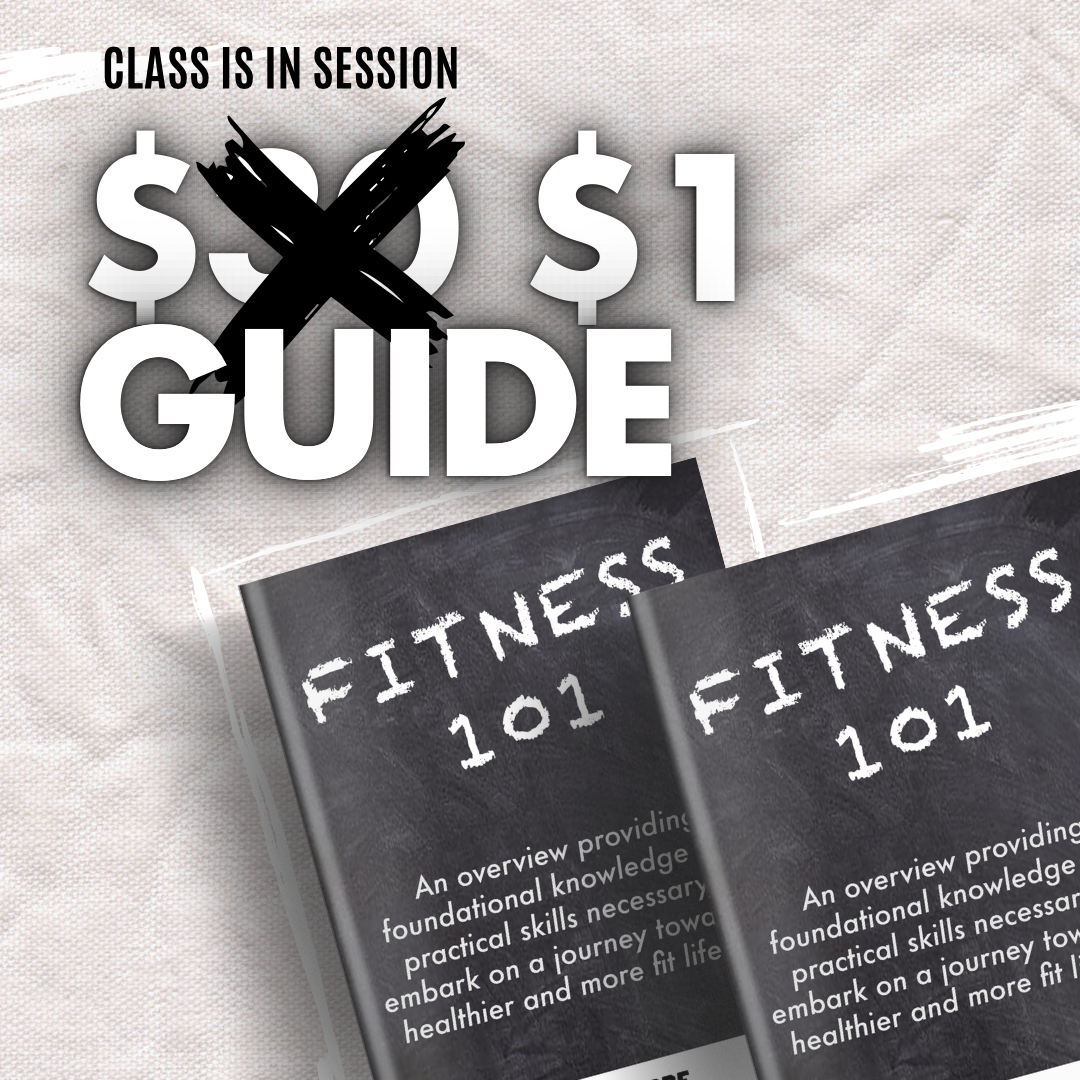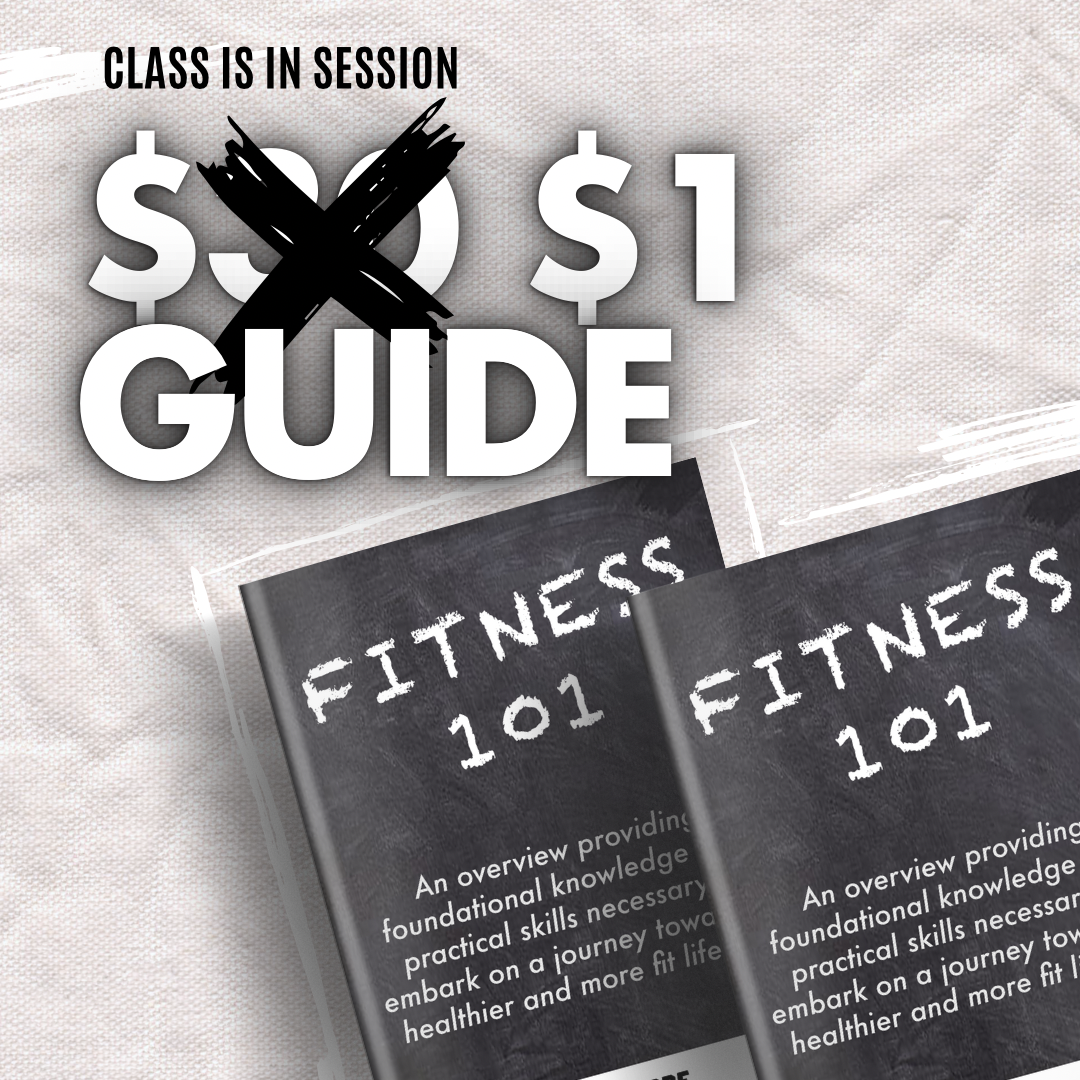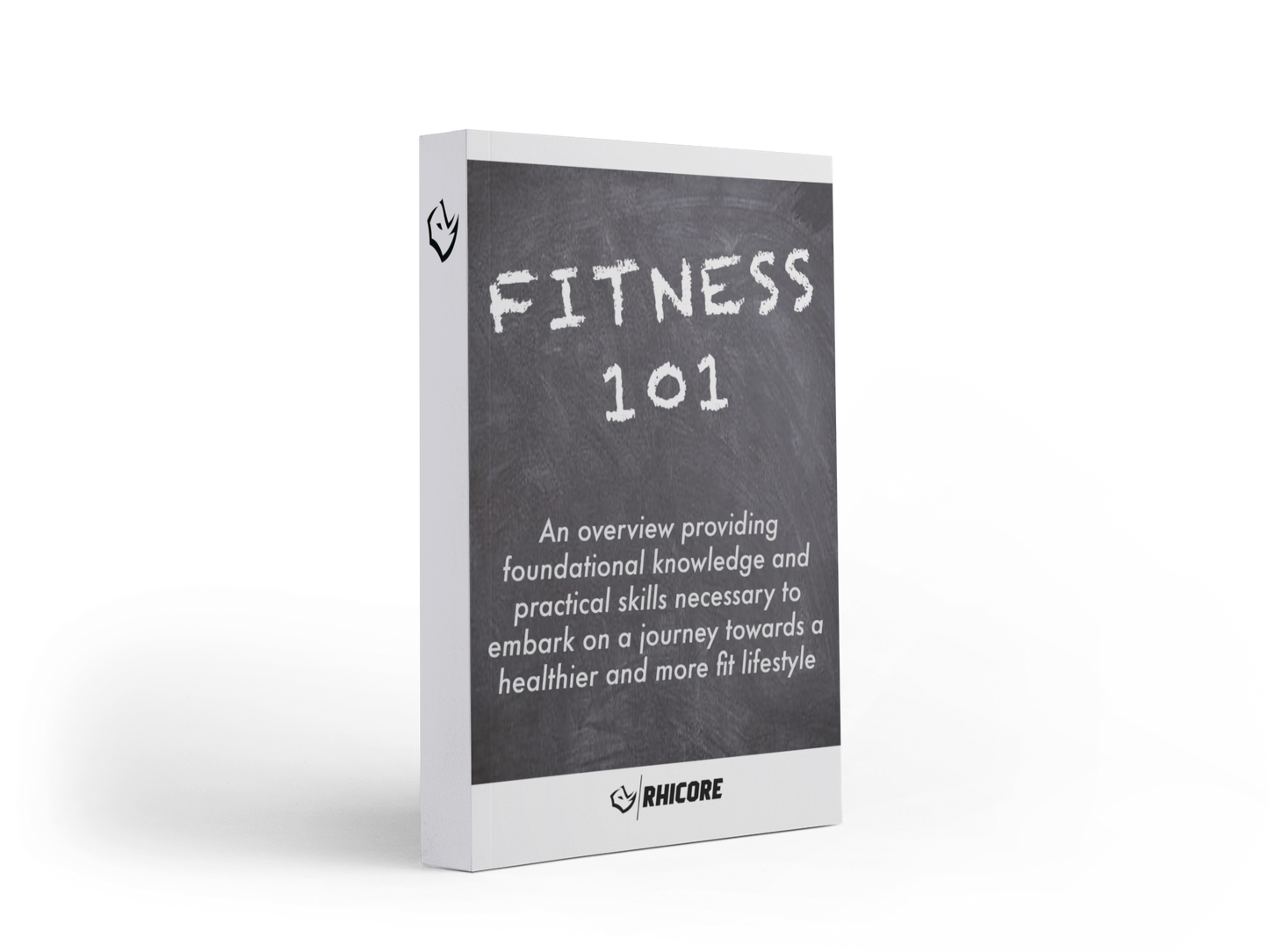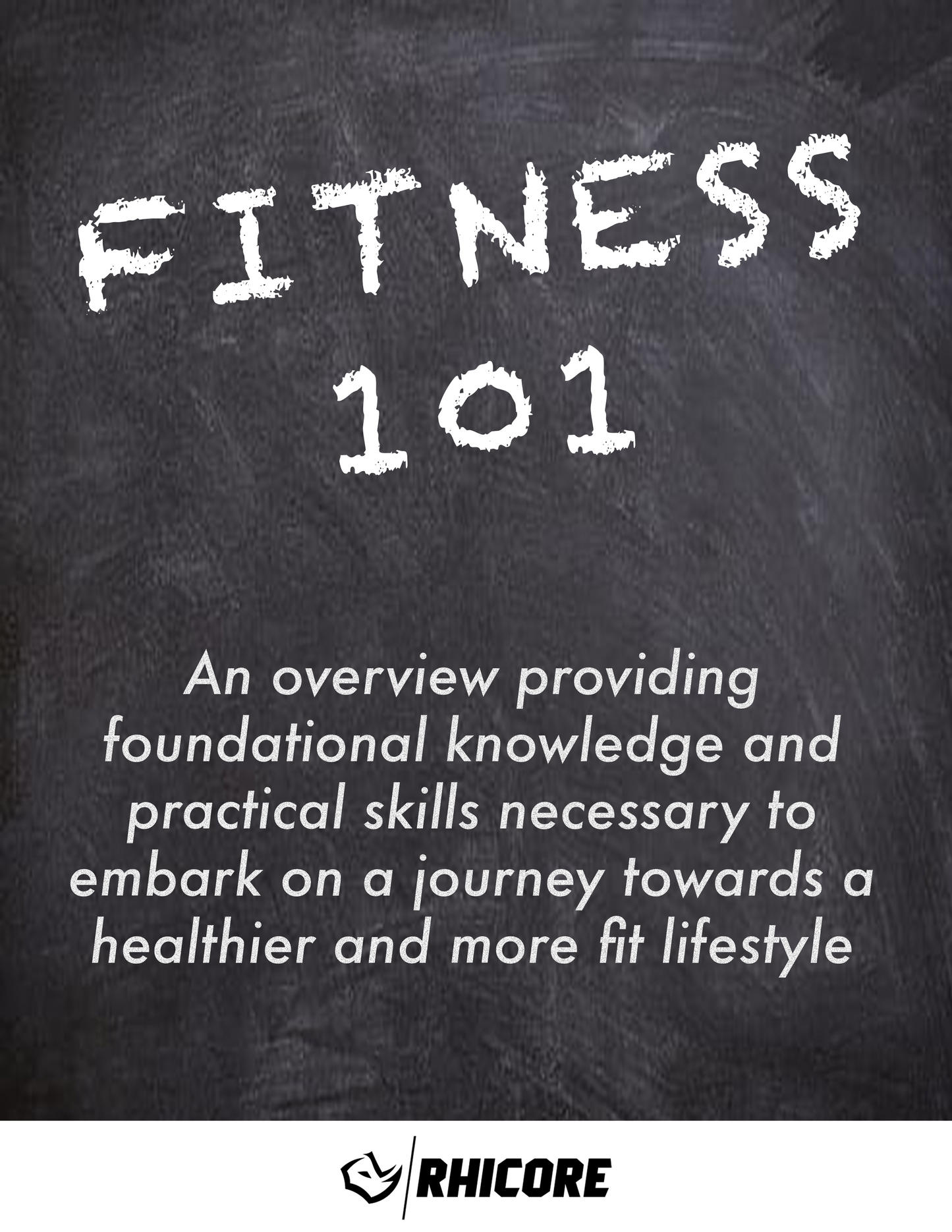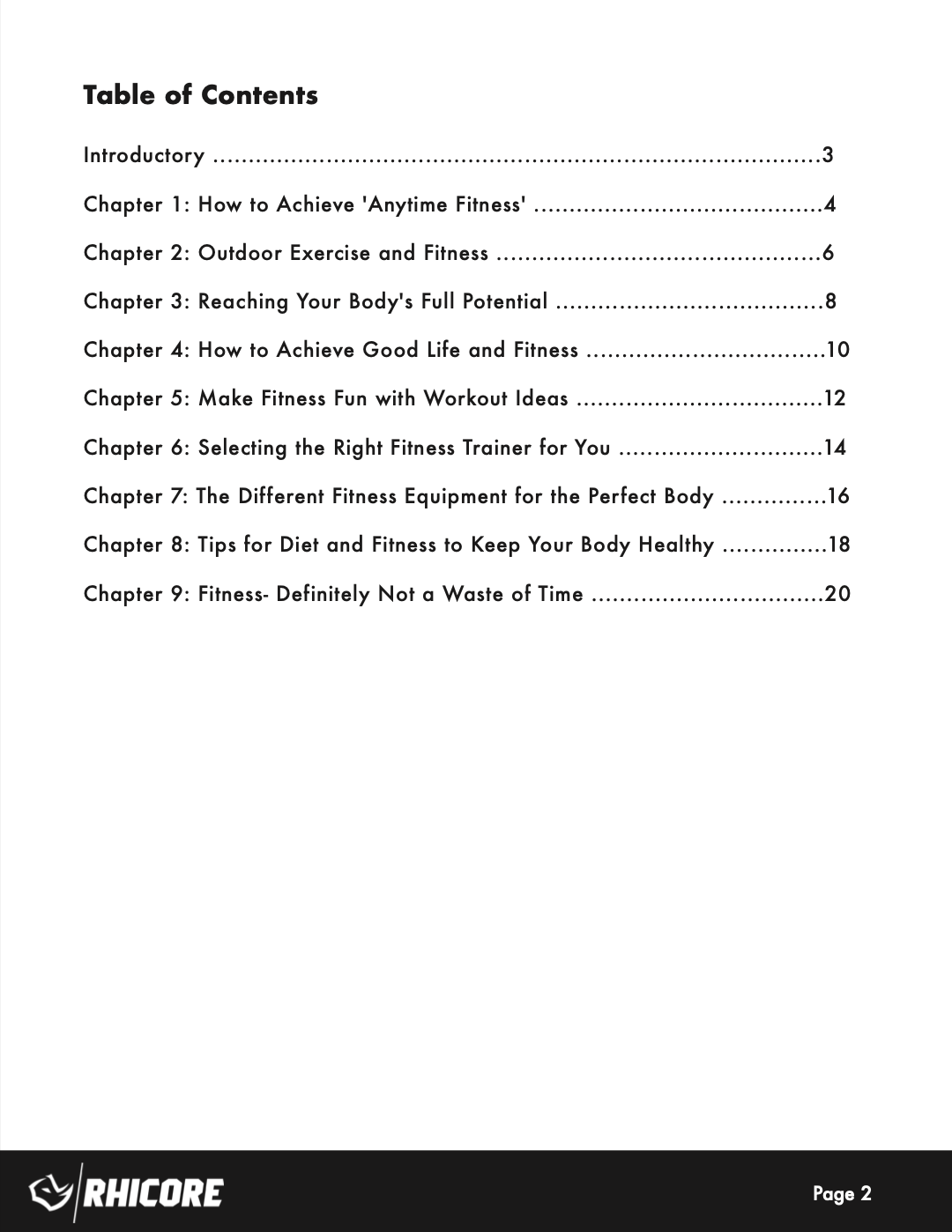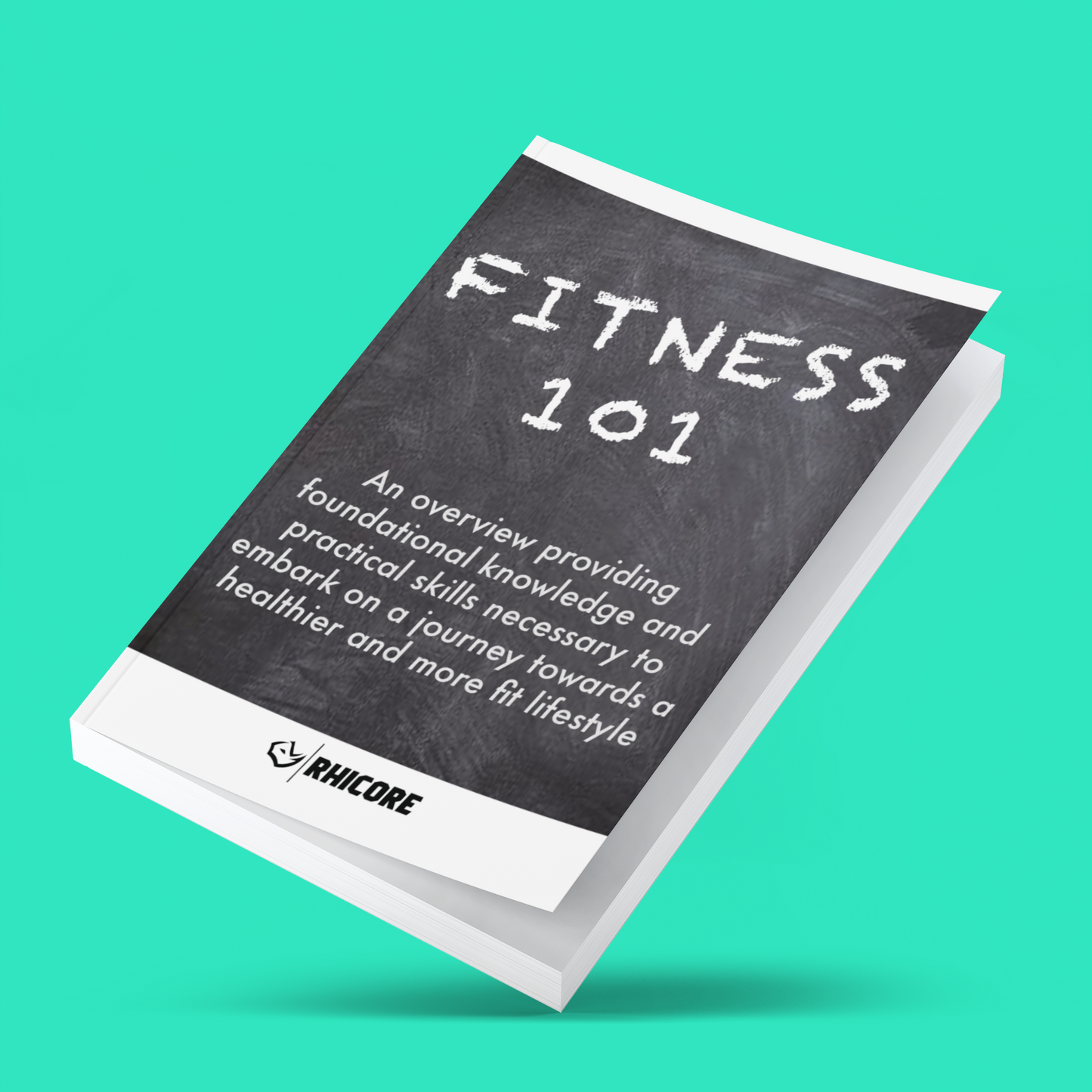Fitness Insights for 2025: A Look into the Future of Wellness
The fitness landscape is constantly evolving, driven by technological advancements, shifting societal priorities, and a deeper understanding of the human body. As we move into 2025, several key trends are emerging that promise to reshape how we approach health and wellness. This article delves into these fitness insights, exploring the innovations and practices that will define the future of fitness.
1. The Rise of Personalized Fitness
One of the most significant trends in 2025 is the increasing emphasis on personalized fitness. Generic workout routines and diet plans are becoming a thing of the past, as individuals seek tailored approaches that align with their unique needs, goals, and lifestyles. This shift is fueled by several factors:
- Wearable Technology: Smartwatches, fitness trackers, and other wearable devices provide a wealth of data on an individual's activity levels, sleep patterns, heart rate, and more. This information can be used to create personalized workout plans and track progress over time.
- AI-Powered Apps: Artificial intelligence is playing a crucial role in fitness personalization. AI-driven apps can analyze user data, preferences, and goals to generate customized workout routines, nutritional advice, and even motivational support.
- Genetic Testing: As genetic testing becomes more accessible and affordable, individuals can gain insights into their predispositions for certain health conditions, muscle types, and metabolic rates. This information can be used to further personalize fitness and nutrition plans.
2. Hybrid Fitness: The Best of Both Worlds
The hybrid fitness model, which combines in-person and virtual workouts, is sustaining its popularity in 2025. This approach offers flexibility and convenience, allowing individuals to exercise whenever and wherever they want. Key aspects of hybrid fitness include:
- On-Demand Classes: Streaming platforms offer a vast library of workout videos, from yoga and Pilates to HIIT and strength training. This allows individuals to access professional instruction from the comfort of their homes.
- Virtual Personal Training: Remote personal training is becoming increasingly common, with trainers using video conferencing and other tools to guide clients through workouts and provide feedback.
- Community Engagement: Hybrid fitness models often incorporate online communities and social features, allowing individuals to connect with others, share their progress, and stay motivated.
3. Strength Training Takes Center Stage
Strength training is no longer just for bodybuilders or athletes. In 2025, it is recognized as a crucial component of overall health and wellness for people of all ages and fitness levels. The benefits of strength training include:
- Increased Muscle Mass: Strength training helps build and maintain muscle mass, which is essential for metabolism, posture, and functional strength.
- Improved Bone Density: Weight-bearing exercises like strength training can help increase bone density, reducing the risk of osteoporosis.
- Enhanced Mental Health: Strength training has been shown to have positive effects on mental health, reducing stress, anxiety, and depression.
4. The Mind-Body Connection
The importance of mental well-being in overall fitness is increasingly recognized in 2025. Fitness is no longer just about physical health; it's about nurturing the mind-body connection. This trend is reflected in the growing popularity of practices like:
- Mindfulness-Based Exercises: Yoga, Tai Chi, and meditation are incorporated into fitness routines to promote stress reduction, improve focus, and enhance body awareness.
- Mental Health Coaching: Fitness professionals are increasingly incorporating mental health coaching into their services, helping clients develop resilience, manage stress, and cultivate a positive mindset.
5. Recovery and Regeneration
As fitness enthusiasts push their limits, the importance of recovery and regeneration is gaining more attention in 2025. Proper recovery is essential for preventing injuries, promoting muscle growth, and optimizing performance. Key recovery strategies include:
- Active Recovery: Low-intensity activities like walking or swimming can help promote blood flow and reduce muscle soreness.
- Sleep Optimization: Getting enough quality sleep is crucial for muscle repair, hormone regulation, and overall recovery.
- Nutrition and Hydration: Consuming a balanced diet and staying hydrated are essential for replenishing energy stores and supporting muscle recovery.
6. The Rise of Functional Fitness
Functional fitness, which focuses on exercises that mimic everyday movements, is a key trend in 2025. This approach emphasizes building strength, mobility, and stability for activities like lifting, bending, and carrying. Functional fitness workouts often incorporate:
- Bodyweight Exercises: Squats, lunges, push-ups, and other bodyweight movements are used to build strength and endurance.
- Resistance Training: Functional fitness may involve the use of resistance bands, dumbbells, or kettlebells to challenge muscles and improve strength.
- Balance and Coordination Exercises: Activities like yoga, Pilates, and balance training are incorporated to enhance stability and coordination.
7. Community and Social Fitness
The social aspect of fitness is becoming increasingly important in 2025. People are seeking out fitness experiences that offer a sense of community, connection, and support. This trend is reflected in the popularity of:
- Group Fitness Classes: Studio classes, boot camps, and other group workouts provide a fun and motivating way to exercise with others.
- Fitness Challenges and Events: Participating in fitness challenges or races can foster camaraderie and a sense of accomplishment.
- Online Fitness Communities: Social media platforms and fitness apps provide opportunities to connect with like-minded individuals, share progress, and stay motivated.
Conclusion
The fitness landscape of 2025 is characterized by personalization, technology, and a holistic approach to wellness. As individuals prioritize their physical and mental health, the fitness industry is evolving to meet their needs with innovative solutions and practices. By embracing these fitness insights, individuals can embark on a journey towards a healthier, happier, and more fulfilling life.

